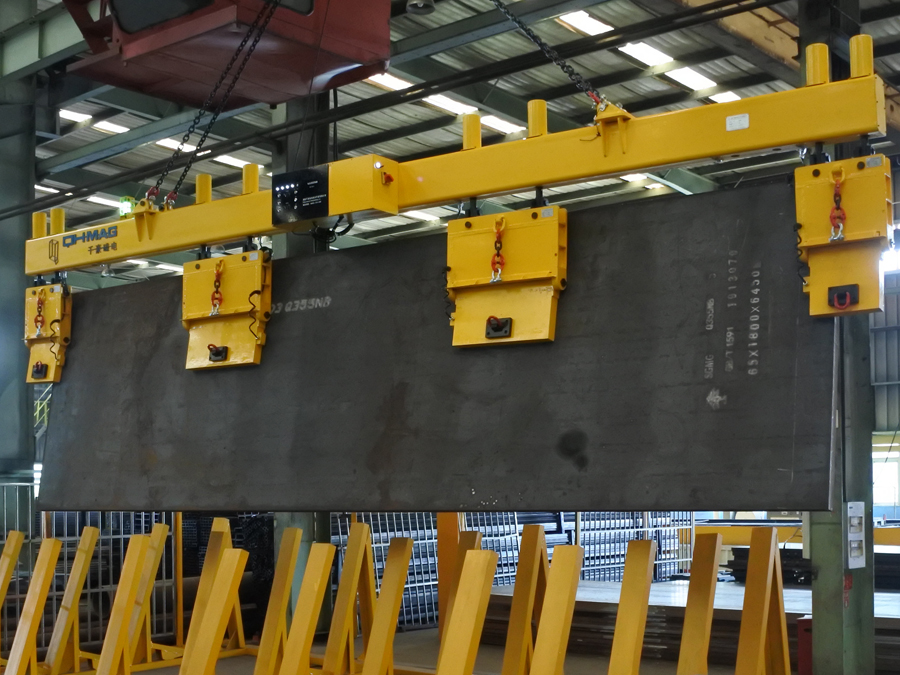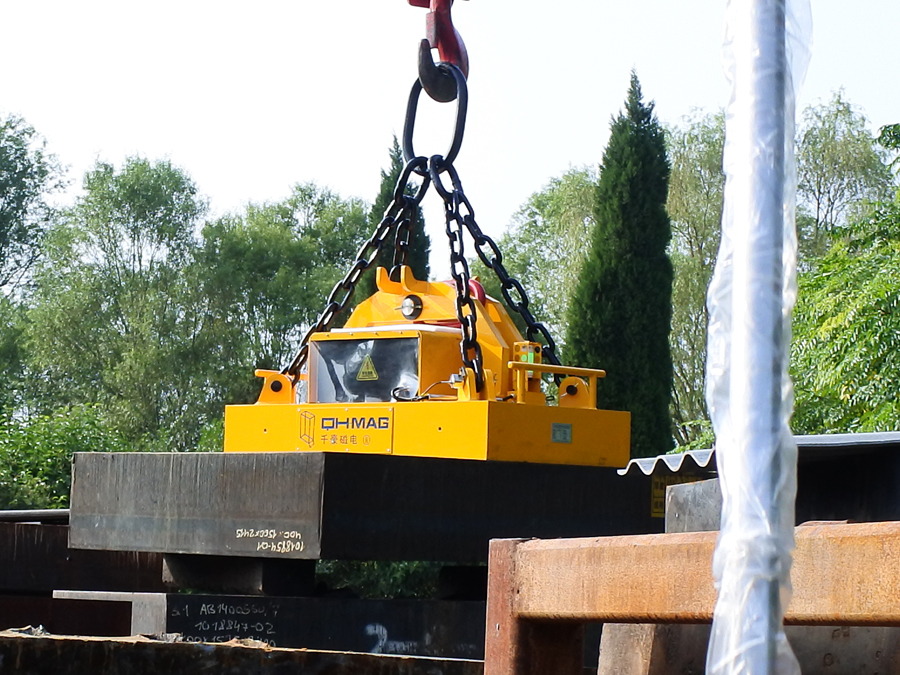Seven rules for using lifting magnets
Data Source:
Author:
Publish Time:
2024.12.10
Lifting magnets are commonly used in metal processing and large machinery manufacturing companies for lifting, loading, unloading, and transportation operations. These magnetic lifting devices simplify the work of moving and transporting heavy objects from one place to another. Common lifting magnets currently include lifting electromagnets, lifting electro-permanent magnets, and permanent magnets. Regardless of the type, some operating rules for lifting magnets must be followed.
When using these powerful magnetic lifters, personnel need to understand all safety precautions. Want to know how to safely use lifting magnets? In this article, Qianhao will share the safe use rules for lifting magnets.



① Before using any lifting magnet, be sure to read and understand all safety instructions in the manufacturer's manual for the magnetic lifting device. If mishandled, they can pose potential dangers to workers.
② Any substance that may be affected by the magnet should be kept outside the operating area. These mainly include nickel, iron, cobalt, etc., as well as some naturally occurring minerals (such as iron ore) and some rare earth metal alloys.
③ Common injuries during the use of magnetic lifting devices include pinched or crushed fingers. Wearing protective gloves can largely ensure the safety of the operator.
④ Because the applied force may cause two magnets to collide unexpectedly, causing the magnets to crack and break. This can also affect vision, so wearing protective goggles is important.
⑤ Place sturdy magnet warning labels next to the area where lifting magnets are used. Warn workers working near the magnet.
⑥ Never stand under any lifting magnetic device carrying a load. Because a falling load could cause serious injury, maintaining a safe distance is best practice.
⑦ In addition, it is recommended that no electronic devices be placed on site to avoid serious data loss. Because magnets can erase data from magnetic storage devices (including floppy disk drives, hard disk drives, flash drives, etc.) on computers.
Recommended News
Share










